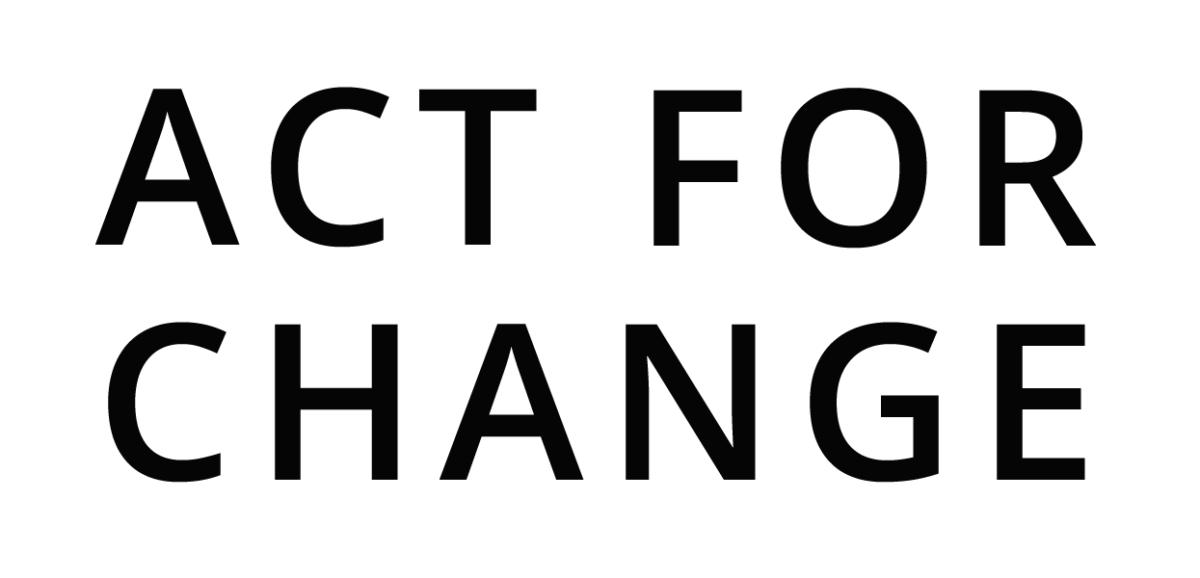What is the Theatre Casting Toolkit?
This toolkit is for anyone who wants to see a broader range of actors on our stages and in our rehearsal rooms. It features a mix of practical tools, inspiration, information and guidance.
The genesis of the Theatre Casting Toolkit was a conversation between Equity, UK Theatre and the Society of London Theatre, who recognised that although many theatre organisations think it important to have varied and diverse casts, this isn’t always achieved. They wanted to know what could help with this.
To better understand the current picture, they commissioned Tonic to conduct research into how theatre is cast and where barriers exist. This research involved actors, agents, artistic directors, casting directors, directors and producers.
Using the insights gained through its research, Tonic designed components of the toolkit to address specific challenges identified. A host of organisations and individuals with particular expertise contributed their wisdom and perspectives to this design phase.
During a large-scale consultative process, the various components of the toolkit were presented for feedback and tested by a wide range of industry professionals. Based on the consultation, refinements and additions were made.
To test it further, a group of six theatres trialled the toolkit over a 12-month period: Headlong, National Theatre, National Theatre Wales, Nottingham Playhouse, The Other Palace, Sheffield Theatres. Our learnings from the trial prompted further developments and the Toolkit was launched in Autumn 2019.
Who we are
The Theatre Casting Toolkit was created by Tonic and was commissioned
by UK Theatre and Society of London Theatre.


In collaboration with Act for Change, Equity, ITC, and London Theatre Consortium.




With thanks to all the industry experts and organisations who participated in the consultation process.
Why do we need a Theatre Casting Toolkit?
There’s an old saying that goes “If you always do what you’ve always done, you’ll always get what you’ve always had.”
Historically we’ve been used to seeing certain types of people cast in certain roles, but this is shifting. The industry is starting to re-evaluate its working practices to recognise a wider range of actors’ needs.
Some of the difference this is leading to in our casts will be visible to our audiences; age, gender, and race, for instance. Some of it won’t; you can’t tell if an actor is a parent or has a hidden disability. But all of it is bringing a wider range of perspectives and ways of experiencing the world into our rehearsal rooms.
The Theatre Casting Toolkit aims to accelerate the pace of this change. A hub where ideas and knowledge can be shared, it is also a support structure for organisations and individuals who are navigating their way through what, at times, may be a complex change, and it’s a provocation to all of us to keep thinking more deeply about casting.
What Tonic’s initial research at the outset of developing the Toolkit showed, and what has been confirmed at every step of the consultation process since, is that if who is cast is to be different, how casting is done will need to change first. Unless we approach things differently, the make-up of our casts will remain as they have always been. Awareness and good intentions are great, but they must be translated into tangible actions.
Many aspects of how casting has traditionally been done in the UK, and the culture and practices of our theatre companies and buildings, have unintentionally provided boosts for particular groups of actors and created obstacles for others.
To ensure actors can compete on the basis of talent, rather than being helped or hindered by factors that have nothing to do with their acting ability, we need to commit to a series of changes.
What’s the note of caution?
Many of the people who contributed to the development of this Toolkit have been fighting for greater representation on our stages for years. They have a nuanced understanding of the systemic inequalities faced by certain groups; they see – and often personally experience – how these are writ large within society as well in our industry. In discussions about this site there was a sentiment they frequently expressed: what you’re proposing is in some ways problematic but you should do it anyway.
The encouragement to “do it anyway” came from an enthusiasm for any intervention that inspires deeds, not words. The note of caution came from their awareness that thinking in theatre around diversity, equality, representation and inclusion can’t begin and end with actors. Yes, actors as the very visible ‘face’ of our art form, are an important place for us to focus, but they are not the whole picture.
Thinking about who gets to tell the stories on our stages is crucial, but we also need to think about power in our industry, as many of the Toolkit’s contributors reminded us. Where does power sit? How can a wider range of talented people have an equal shot at accessing it?
For any of this work to mean anything it must get right to the core of our industry, including looking at who has access to leadership roles. The visible outer layer is not enough, and we recommend that anyone using this Toolkit considers it just one component of a much broader piece of work that must be done.